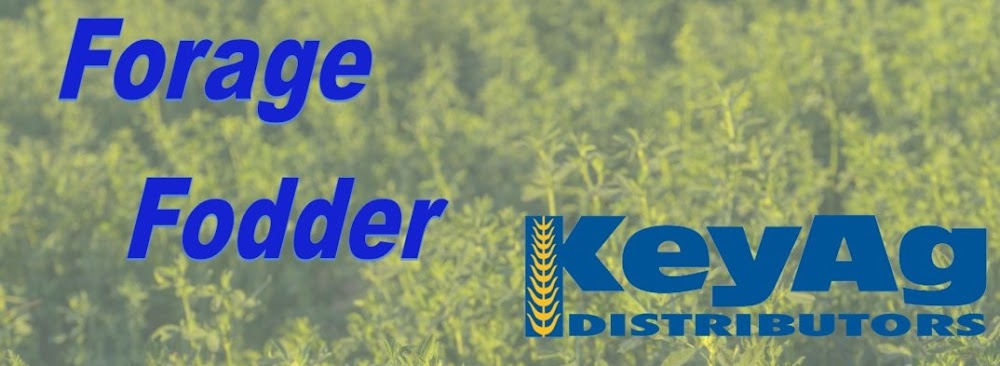Colorado—In the June 15 report, trade activity very light on good demand. Few trades this week on horse hay. Growers continue to put pricing available for new crop hay. Due to limited sales and price changes, this report will be released bi-weekly until more volumes of hay move.
Missouri—In the June 15 report, compared to last report, the supply of hay is light and demand is moderate to good. Hay prices are steady to firm. Drought conditions are increasing. Haying is in full swing now as farmers all across the state are trying to bale everything they can. Some areas are once again reporting army worm infestations. Hay interest and demand is good as many customers are trying to acquire hay in worry that supplies will get harder to come by if rains don’t come. It should be noted there has been an uptick in cases of a few bad apples and attempted scams so all parties should be aware and if something seems fishy it probably is.
Nebraska—In the June 15 report, compared to last report, new and old crop hay sold steady. First cutting alfalfa has been slow to kick off in some areas of the state. Most of first cutting is baled in the east, just getting a good start in the central and the west is waiting for the rain showers to stop for everyone to get started.
Oklahoma—In the June 9 report, compared to the last report, hay trade is slow with good demand. Oklahoma is still behind schedule as rainfall keeps coming in the western part of the state, helping move them closer out of the drought. Due to rain chances and the amount of rain they have been unable to bale hay due to the moisture. While the west keeps getting rain the eastern part of the state needs widespread showers as they begin to see the drought easing back into their fields. Still, no price trends are available, as farmers and ranchers want to see what the weather continues to do, and want to restock inventory from last year’s drought. Next report will be released on June 23.
Texas—In the June 16 report, compared to the last report, hay prices are mostly steady, but prices are beginning to soften in some regions with pasture conditions improving and some carry over of last years hay crop lessening demand. First cutting of alfalfa and grass hay has been cut, however untimely rains in the majority of the regions has a good portion of the crop being marketed as commercial cow hay. The weather has been more cooperative for second cutting in the west and the south allowing for higher quality hay to be marketed in those regions. Hay fields and rangelands in the south, central, and east portions of the state are still in good shape but severe heat is pushing the potential to quickly decline without a break in the heat or some additional moisture. Wet conditions and flooding in the Panhandle has kept farmers out of the fields. As a result, first cutting has either been rained on or will be cut at a higher level of maturity. Next report will be released June 30.
South Dakota—In the June 16 report, compared to last report, alfalfa hay steady. Good demand for new crop hay, yet there is some resistance to price from dairy operators as milk prices around $15 per cwt are putting pressure on their margins. First cutting of alfalfa is complete, drought conditions are expanding in southeast South Dakota as temps have been hot and rains have been sparse. Rain in the forecast for the weekend which is greatly needed.
New Mexico—In the June 16 report, compared to last report, alfalfa hay steady. Trade active, demand good. The second cutting is on-going in the southern and eastern part of the region. A few hay producers are in the third cutting. The northern part of the state is in the first cutting.
Wyoming—In the June 15 report, compared to last report, all reported forages sold steady on a thin test. Very limited supply of old crop hay still available. Who would have thought most of the state would be wet, so wet in some areas that producers cannot get first cutting of alfalfa down let alone think of it drying.
Montana—In the June 9 report, compared to last report, hay sold fully steady. Demand from out of state buyers was moderate to good as several loads shipped south to Kansas and Oklahoma where drought concerns remain. Most producers are out of hay for the season and are focusing on new crop hay. Wet conditions have kept producers from cutting as abundant rainfall has been seen across much of the state. Cooler weather has helped as many stands remain per-bloom or are just starting to bloom. New crop contracts are starting to be written and producers report moderate demand to start the marketing season. Hay contracts are starting out steady to $25 lower than June 2022, however, drought conditions are much improved from last year. Pests are a battle for many producers as some are fighting a variety of insects that are causing major damage especially across southern Montana. Winter kill has been widely reported in western Montana and some producers lost a substantial number of acres. Many producers in southern Montana remain concerned that first cutting hay is slow to go in the bale due to weather and many show concerns about the quality of hay if it continues a rainy pattern. Next report will be released June 23.


No comments:
Post a Comment